Hydrogen embrittlement in ferritic steels creates complications for clean energy storage, transportation
Green Car Congress
OCTOBER 6, 2020
APT combines a field ion microscope with a mass spectrometer to enable 3D imaging and chemical composition measurements at the atomic scale, even for light elements such as hydrogen. The researchers highlighted several combinations of techniques and methods, including atom probe tomography (APT). Ling Martin, Matthew Connolly, Frank W.

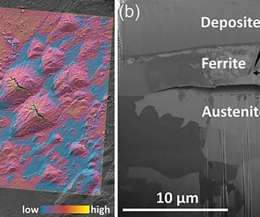

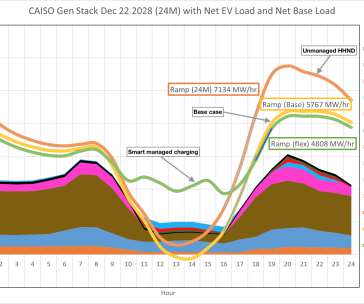
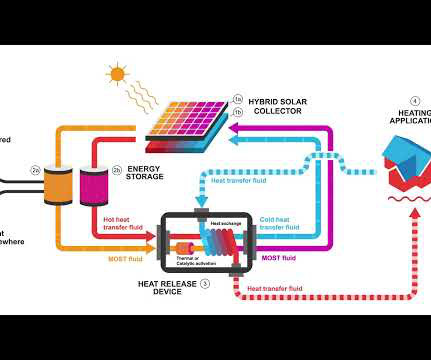









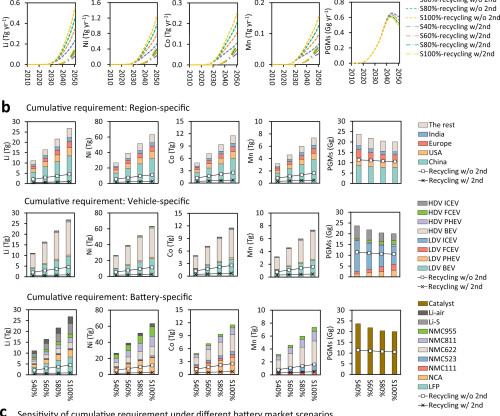




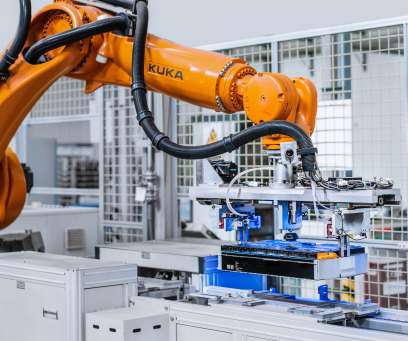



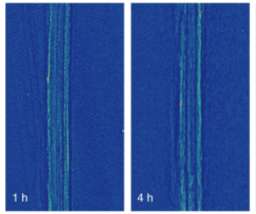



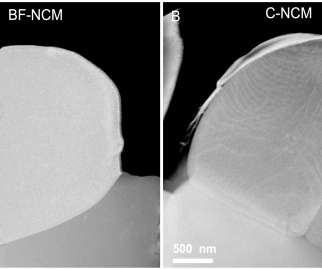

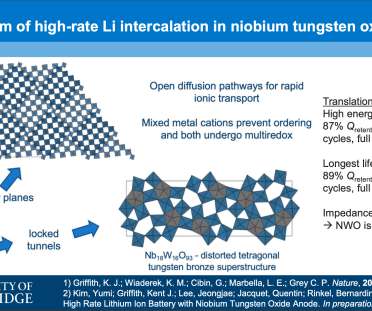




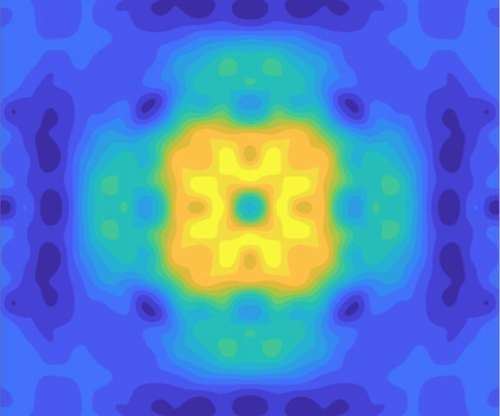







Let's personalize your content